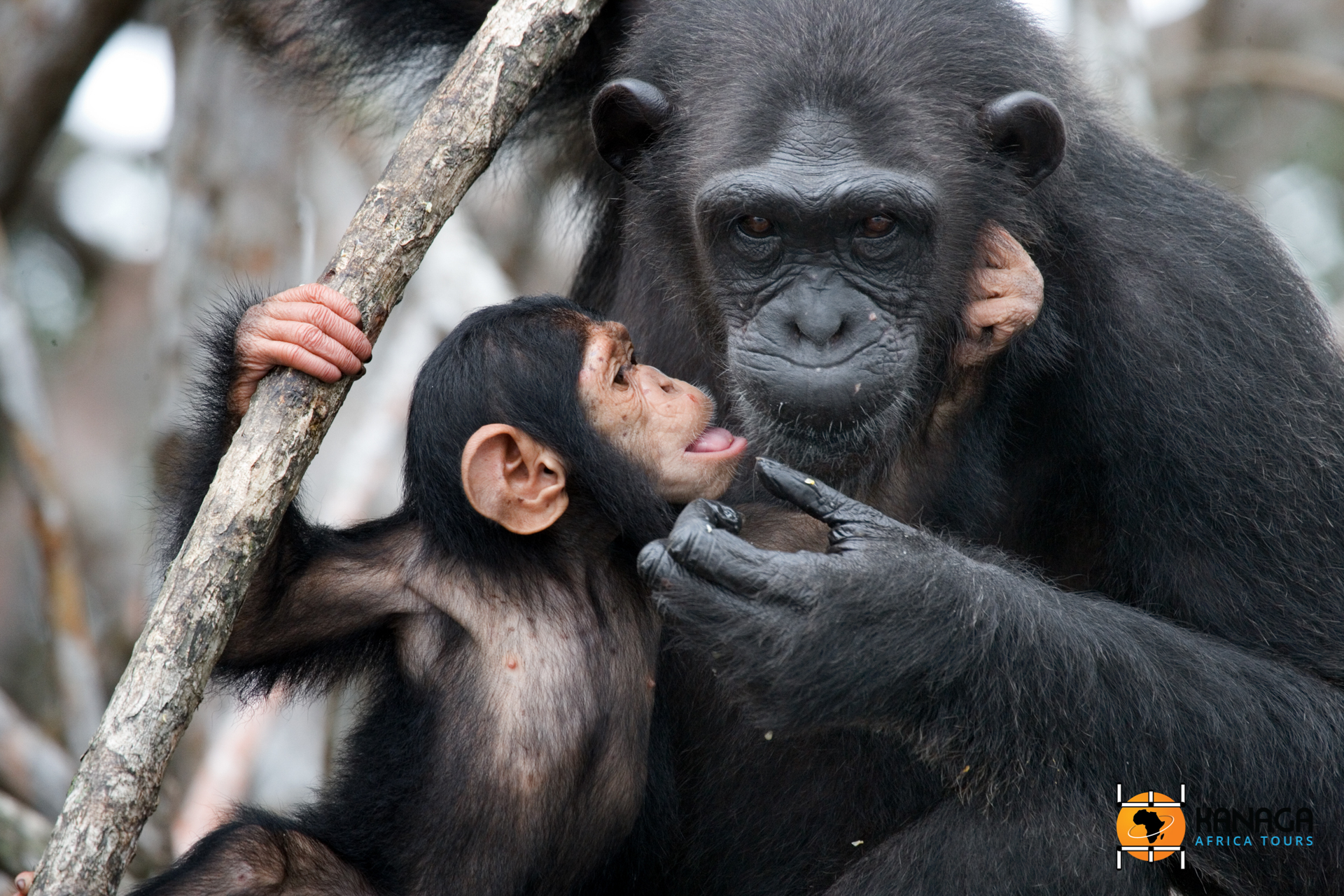The second green lung of the planet after the Amazon, the Republic of Congo extends over a territory only minimally exploited by man or urbanised. If the protected reserves can be counted on the fingers of one hand, it is true that the entire country could be described as a huge national park, home to an almost virgin vegetation of equatorial forests, lagoons, mangrove and bamboo tunnels, transitional woodlands, savannahs and grasslands, all natural habitats of a multitude of wild animals and an extraordinary variety of flora.
Most of its surface is covered in dense rainforest vegetation, with areas that are difficult to reach by land due to the lack of suitable road networks and accommodation facilities, particularly among the ancestral lands of the indigenous Aka peoples (Pygmies, a term that has been declared illegal in Congo-Brazzaville because it is derogatory). However, some National Parks and Reserves have been made accessible and equipped with tourist lodges, which have not, however, undermined their imprint as wild and unspoilt habitats. Visiting the naturalistic areas of the Republic of Congo, remains to this day an authentic experience, for the more adventurous and lovers of ecotourism, in search of a genuine contact with the most impenetrable Africa.
In the north-west, the Odzala-Kokoua National Park, the largest in the country and the one with the best tourist facilities, is without doubt a must-see, thanks to its extraordinary natural beauty and wealth of fauna. An exceptional mosaic of forests, savannahs and wetlands, its vast perimeter, protected since the 1930s, is home to lowland gorillas, elephants attracted by a large number of salt pools, buffalo, antelopes, leopards, lions and chimpanzees.
At the northern end, however, lies the intricate cross-border park of the Sangha region, named Nouabalé-Ndoki National Park, located in an area of particular scientific importance for its virginity and its gorilla and chimpanzee families, shared with Cameroon and the Central African Republic, which has earned it a place on the UNESCO World Heritage list.
Not to be forgotten, due to its aura of mystery, is the Telé Lake Reserve in the north-east, around which the legend of the Mokelé-Mbembé ‘monster’ was created, which is said to have the appearance of a sort of enormous aquatic dinosaur. What is certain is that the Likouala forest that engulfs the lake is home to some of the most numerous communities of lowland gorillas in the Republic of Congo.
But the south is also rich in opportunities, such as in the Conkouati Douli National Park, a lagoon area overlooking the Atlantic, close to the Gabonese border, a valuable habitat of manatees and huge lute tortoises, which can be spotted together with elephants and forest buffalo, chimpanzees and antelopes.
A few hours’ drive from Brazzaville, easily reached by a paved road, is the Lefini-Lesio Louna Reserve, characterised by a magnificent hilly landscape interspersed with wetlands, swamps and savannahs. Here, poaching has unfortunately decimated most of the indigenous fauna, but at the southern end of the reserve, an important protection project has been underway for years, for the reintroduction into the wild of numerous specimens of lowland gorillas, victims of illegal trafficking and released back into the wild after re-education. Definitely a not-to-be-missed stop for nature lovers, which will bring them closer not only to these magnificent ape specimens, but also to the issues for their preservation.
The last stop in the south is the Nyanga-Montfouati Reserve, perhaps the most popular, where there is a high concentration of elephants, panthers, buffaloes, potamoceros, gorillas, chimpanzees and the colourful mandrills.
In short, from north to south, you are spoilt for choice in Congo-Brazzaville, with numerous safari and adventure opportunities that have the added value of a destination still virtually unknown to international tourism and untouched by invasive infrastructure. A real primeval Eden, for an authentic experience among the wildlife, strictly following the indications of expert guides, the only ones able to move without risk in such a wild environment.







